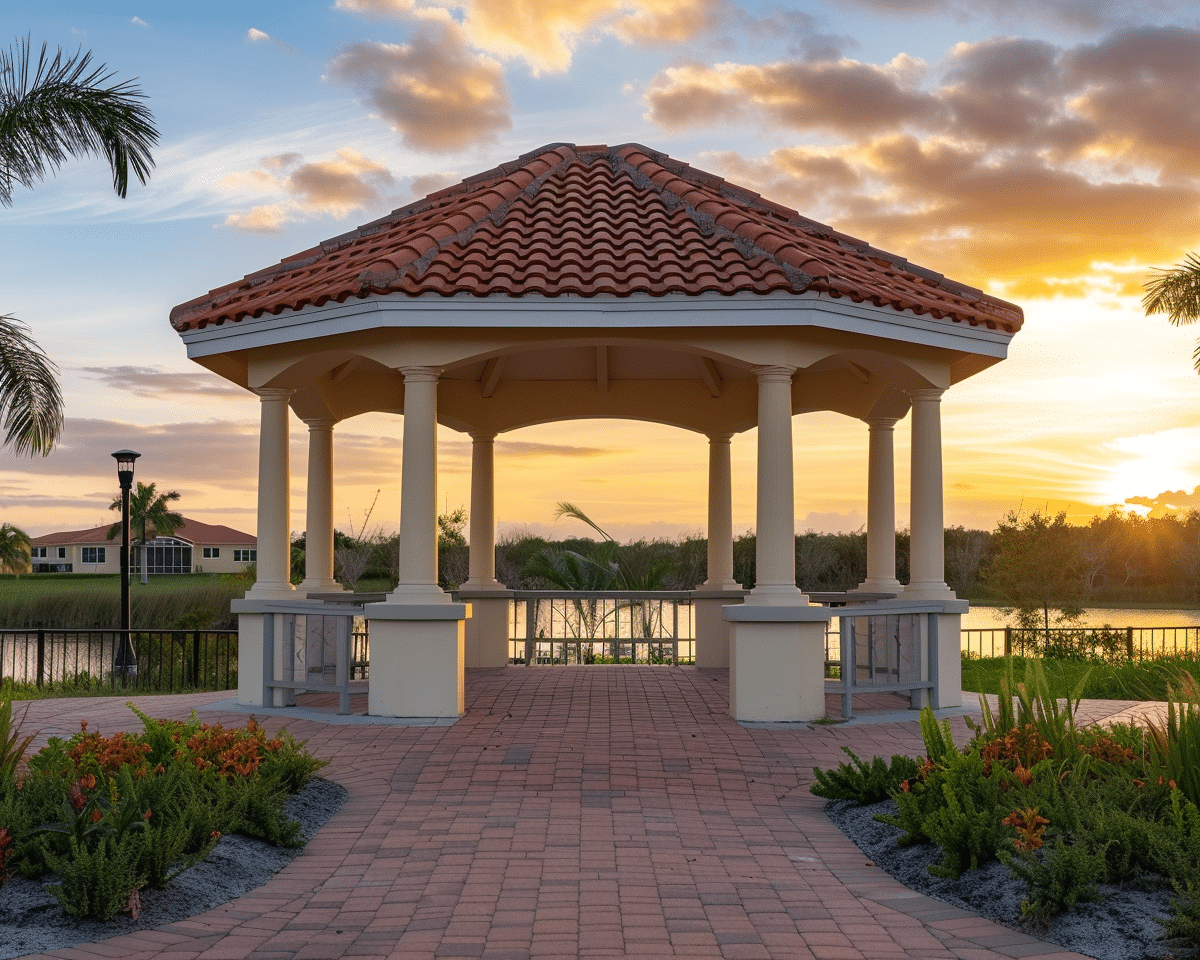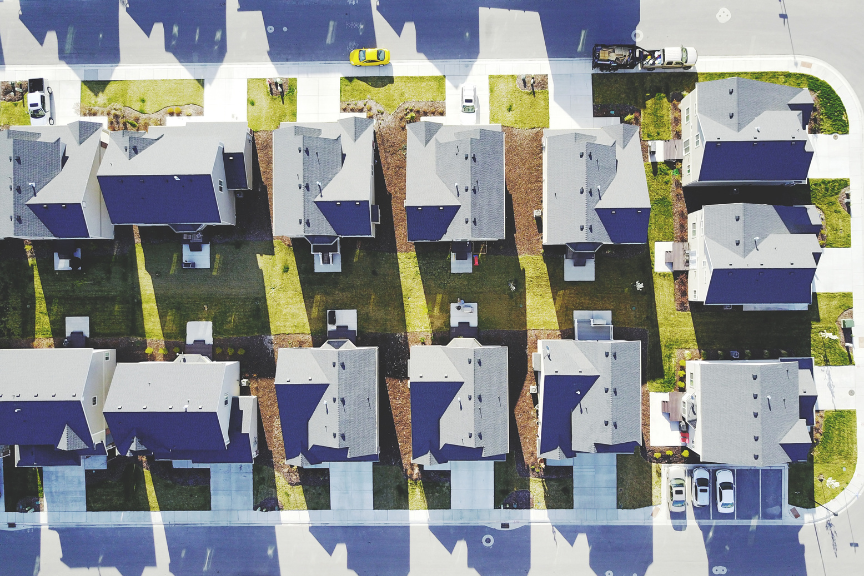
Mastering the Art of Durable Outdoor Shade Structures
- business,construction,entertainment,financial,garden,home,information,outdoors,real estate,reference

Outdoor spaces are an extension of your home or business, and nothing enhances these areas like durable outdoor shade structures. These structures not only provide much-needed protection from the elements but also elevate the aesthetic appeal of any environment. In this guide, we delve into the world of durable outdoor shade structures, unveiling the best materials and techniques to ensure your shade structure stands the test of time. When planning your next outdoor project, consider the benefits of
Learn more about durable outdoor shade structuresr
Why Durable Outdoor Shade Structures Matter
Understanding the Essentials
When it comes to durable outdoor shade structures, choosing the right material is paramount. Each material brings its unique strengths and challenges, and your choice will impact not only the durability but also the overall look and feel of your outdoor space.
Key Benefits of Durable Outdoor Shade Structures
- Protection: Safeguard your outdoor areas from harsh sun, rain, and wind.
- Aesthetic Appeal: Enhance the beauty and functionality of your space.
- Longevity: Invest in a structure that will last for years with minimal upkeep.
Material Selection: The Backbone of Durability
Selecting the right material is crucial for creating durable outdoor shade structures that can withstand various weather conditions while maintaining their beauty. Let’s explore the top material choices.
Top Material Choices for Durable Outdoor Shade Structures
1. Wood: Timeless Beauty Meets Natural Strength
Wood is a classic material for durable outdoor shade structures, offering a warm and natural aesthetic that blends seamlessly with outdoor environments.
Types of Wood Ideal for Outdoor Shade Structures:
- Cedar: Naturally resistant to rot and insects.
- Redwood: Known for its rich color and decay resistance.
- Pressure-Treated Pine: Affordable and treated to resist rot and insect damage.
Advantages of Wood:
- Natural beauty: Can be customized with paint or stain.
- Strength: Offers excellent durability when maintained properly.
Drawbacks of Wood:
- Maintenance: Requires regular sealing and staining.
- Susceptibility: Prone to warping and splitting if neglected.
2. Metal: The Modern Marvel
For a sleek and contemporary look, metal is an excellent choice for durable outdoor shade structures. Whether you opt for steel or aluminum, metal structures are known for their strength and resilience.
Types of Metal Suitable for Shade Structures:
- Steel: Extremely strong, often galvanized to prevent rust.
- Aluminum: Lightweight and corrosion-resistant, requiring minimal maintenance.
Advantages of Metal:
- Durability: High resistance to the elements.
- Low Maintenance: Especially true for aluminum.
Drawbacks of Metal:
- Cost: Can be expensive, particularly for high-end materials like stainless steel.
- Heat Retention: Metal can become hot under direct sunlight.
3. Vinyl: Versatility and Ease
Vinyl has become a popular choice for durable outdoor shade structures due to its versatility and low maintenance requirements.
Benefits of Vinyl:
- Resistance: Withstands rot, insects, and weather damage.
- Variety: Available in numerous colors and styles.
Drawbacks of Vinyl:
- Fading: Prolonged exposure to sunlight can cause fading.
- Strength: Not as robust as wood or metal.
4. Composite Materials: The Best of Both Worlds
Composite materials offer a blend of wood fibers and plastic, providing the benefits of both in durable outdoor shade structures. Understanding the key components of shade structures will help you
Explore top materials for outdoor shader
effectively.
Advantages of Composite Materials:
- Longevity: Highly resistant to rot, insects, and weather.
- Low Maintenance: Requires little upkeep over time.
Disadvantages of Composite Materials:
- Cost: Higher initial investment compared to traditional wood.
- Aesthetic: May lack the natural look of real wood.
Enhancing the Durability of Your Outdoor Shade Structures
Maintenance Tips for Longevity
To ensure your durable outdoor shade structures remain in top condition, regular maintenance is essential. Here’s a checklist to keep your structure looking and performing its best:
- Cleaning: Regularly clean the structure to prevent dirt, mold, and mildew buildup.
- Inspections: Periodically check for damage like cracks or rust.
- Sealing/Staining: For wood structures, apply sealant or stain every few years.
- Repainting: Metal and vinyl structures may need repainting to protect against weathering.
Installation Best Practices
Proper installation is key to the longevity of durable outdoor shade structures. Ensure that your structure is securely anchored and follows the manufacturer’s guidelines to prevent premature wear and damage.
Additional Features for Enhanced Functionality
Consider incorporating the following elements into your durable outdoor shade structures to boost their functionality:
- Lighting: Install outdoor lighting to extend usability into the evening.
- Retractable Shades: Add flexibility to control sunlight exposure.
- Weatherproofing: Use weather-resistant accessories like curtains or canopies.
When planning your next outdoor project, consider the benefits of
Discover benefits of shade structuresr
FAQs About Durable Outdoor Shade Structures
What is the most durable material for outdoor shade structures?
Metal, particularly steel and aluminum, is renowned for its durability and resistance to weathering, making it an excellent choice for durable outdoor shade structures.
How often should I maintain my wooden shade structure?
For durable outdoor shade structures made of wood, it’s recommended to seal or stain them every 1-3 years, depending on your local climate and the structure’s exposure to the elements.
Can vinyl shade structures withstand strong winds?
Yes, vinyl structures are designed to be durable and can withstand strong winds when properly installed and anchored.
Are composite materials worth the investment?
Composite materials may have a higher upfront cost, but their low maintenance requirements and durability make them a cost-effective choice for durable outdoor shade structures over time.
How do I choose the right material for my shade structure?
Consider your local climate, budget, and aesthetic preferences when selecting materials for durable outdoor shade structures. Each material offers different advantages, so it’s important to choose one that meets your specific needs.
Conclusion: Elevate Your Outdoor Space with Durable Outdoor Shade Structures
In conclusion, durable outdoor shade structures are an essential investment for any outdoor space, providing both protection and style. By carefully selecting the right materials and following proper maintenance practices, you can create a structure that not only stands the test of time but also enhances the beauty and functionality of your environment. Whether you choose wood, metal, vinyl, or composite materials, the key to success lies in understanding the unique benefits of each and applying the best practices to ensure longevity and performance. A well-designed shade structure ensures that you can Enhance your outdoor space with ease.
